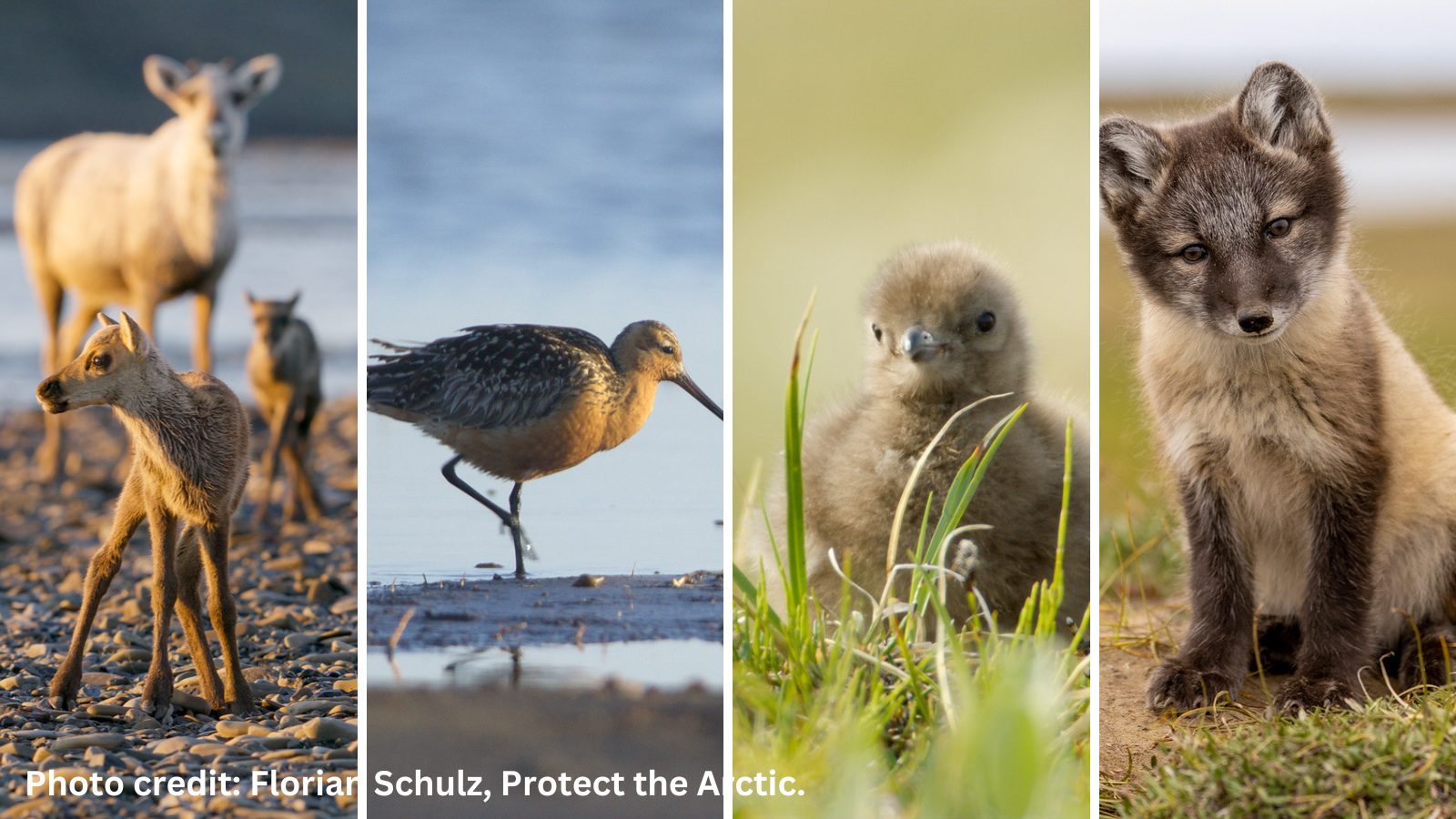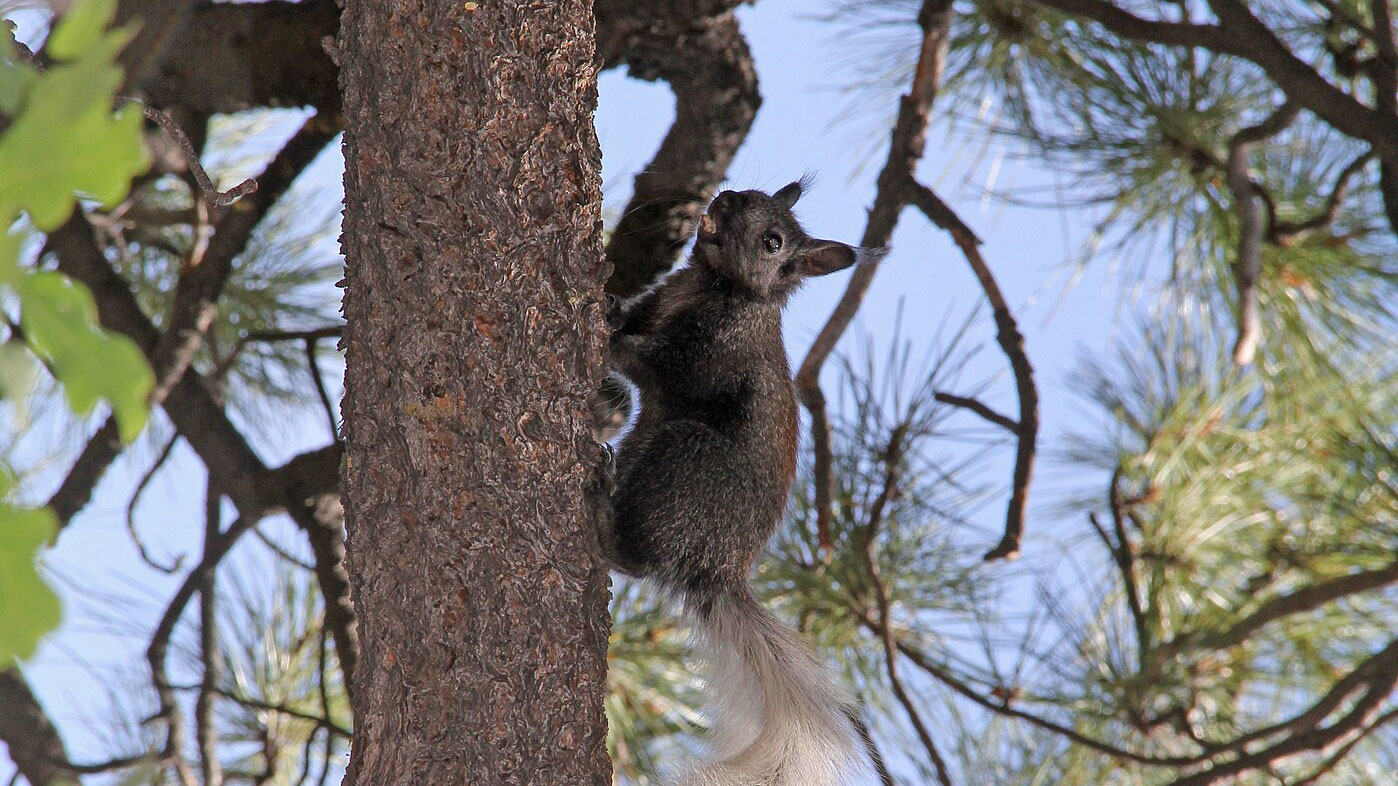
Meet the wildlife that call old-growth forests home
We need to protect our old-growth and mature trees, or we could lose some of the most diverse and healthy ecosystems on the planet.
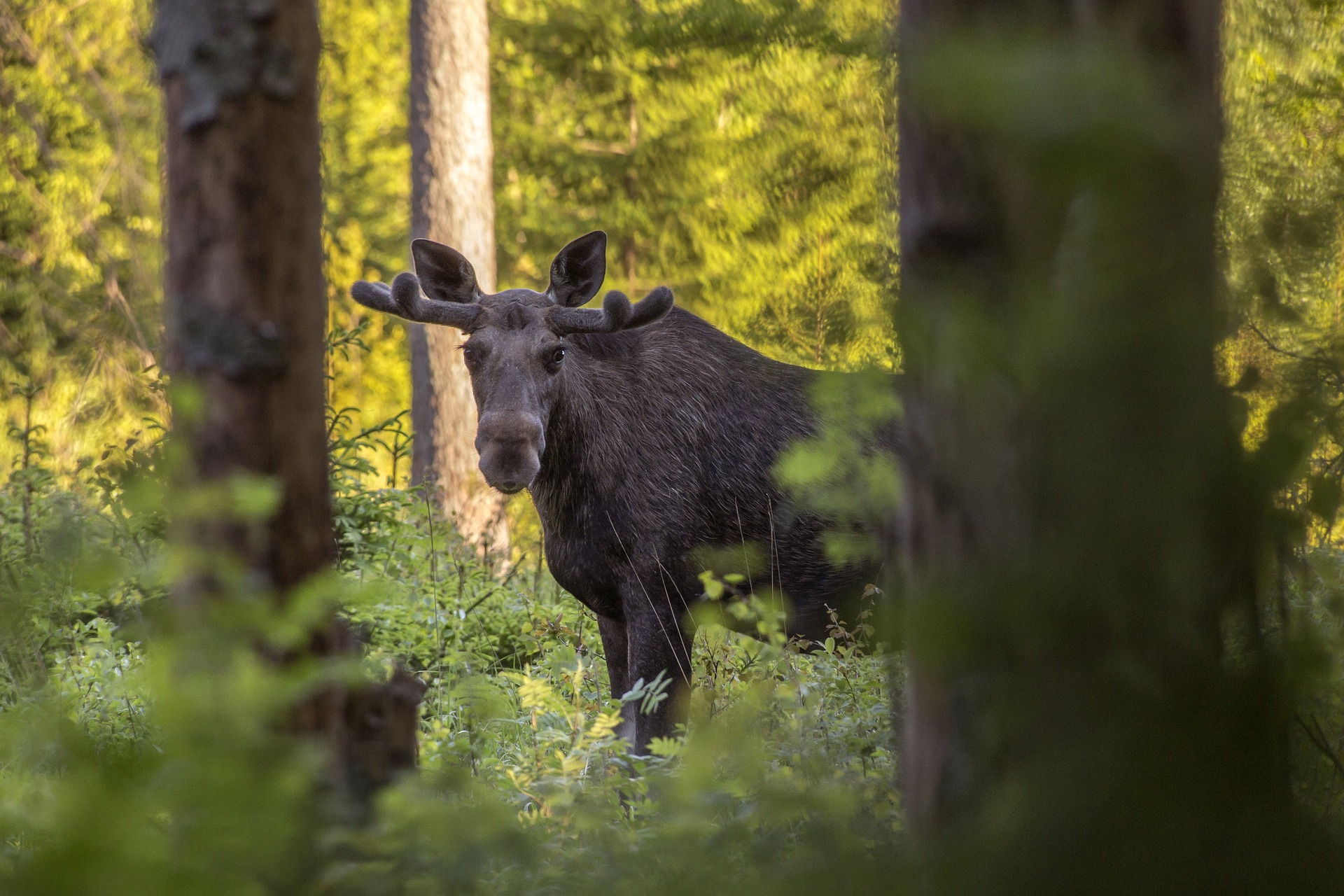
Old-growth and mature trees support some of the most diverse and healthy ecosystems on the planet. From creatures that take flight to critters that prefer sticking close to the forest floor, these special habitats are essential to the survival of numerous animals.
Forest ecosystems are threatened by the effects of climate change and unsustainable logging practices — both human-caused disturbances.
In fact, old-growth forests have declined by 30% globally since 1900. To preserve a healthy planet and protect all the creatures that call our nation’s forests home, we need to defend our oldest forests from logging and other threats.
Here are some of our favorite forest-dwellers from across the country:
The Alexander Archipelago Wolf
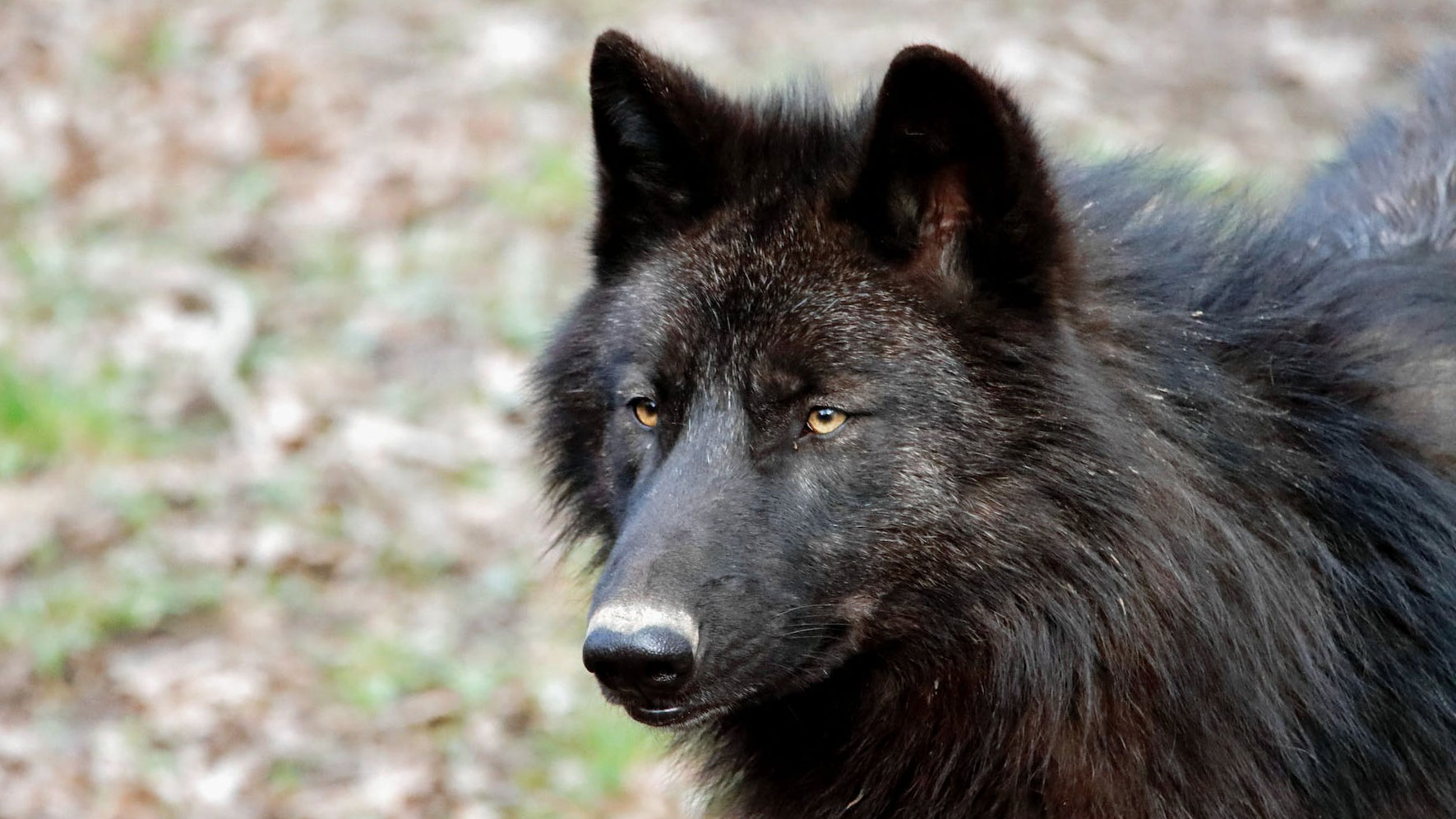
The Alexander Archipelago wolf, a subspecies of wolf that resides in the Tongass National Forest of southeast Alaska, depends on our largest national forest for a steady food supply and a safe place to den.
There were an estimated 230 wolves on and around Prince of Wales Island in the fall of 2021. But late last year, 62 of these wolves were hunted and slaughtered during a month-long hunting and trapping season, taking a massive toll on the Alexander Archipelago wolf population in just 31 days.
These wolves face threats far beyond hunting season. Their main food source — black-tailed deer — is highly reliant on old-growth habitat and susceptible to negative changes to the environment, including forest degradation.
Permanently protecting the Tongass National Forests from road-building and logging is critical to preserving old-growth and mature trees, along with the wolves that depend on them.
The Pure Golden Green Sweat Bee
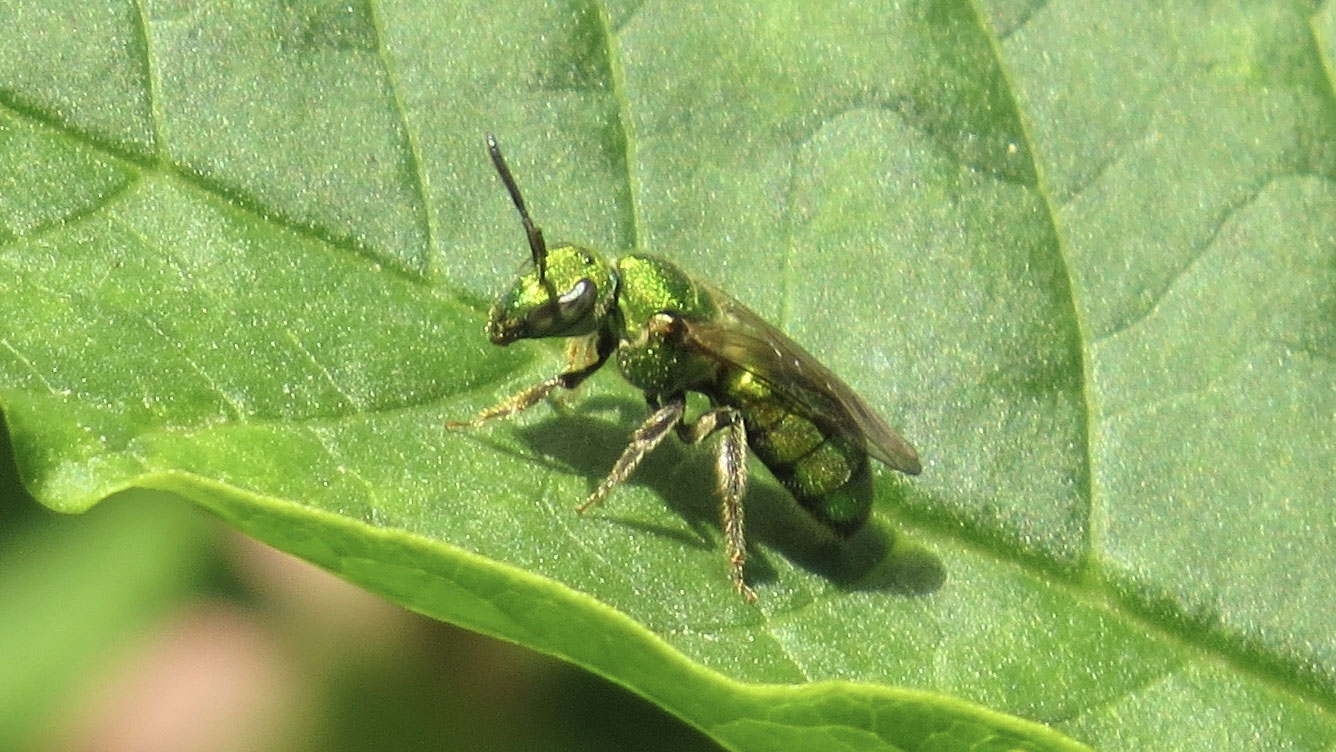
Meet the Pure Golden Green Sweat bee, a native bee species that can be found as far north as the Canadian Rockies and all the way down to Florida.
These sweat bees are considered forest specialists, building their nests in loose bark on old tree trunks. Normally bright green in color, this pollinator has a distinct metallic hue making them easy to identify.
They pollinate a wide range of wildflowers including daisies, maple flowers and milkweed. Although tiny, their role in forest ecosystems is essential.
Habitat loss, climate change and the use of deadly neonicotinoid pesticides are making our natural world a far more hostile place for bees like the Pure Golden Green Sweat bee. We’re advocating for action that will ban the worst uses of bee-killing pesticides and protect their native forest habitats.
The Kaibab Squirrel
Known as one of the rarest animals living in the national park system, the Kaibab squirrel can only be found on the Kaibab Plateau in Kaibab National Forest and the North Rim of the Grand Canyon.
This squirrel split off from other more common squirrel species like the gray squirrel and developed noticeable characteristics, including a long white tail and dark chestnut body and ears.
These unique squirrels build their nests in yellow pine trees, approximately 40 feet above the ground. In these safe havens, made of layer upon layer of dry branches and twigs, Kaibab squirrels give birth and raise their young.
Since the Kaibab squirrel can only be found in this strict range of forest, it’s increasingly important to protect forests in the Southwest facing greater risk of drought and wildfires.
Together, we can protect old-growth forests and the wildlife that depend on them
We’ve been hard at work protecting old-growth and mature trees across the country. Supporters like you have already helped us join with other environmental groups to deliver more than 500,000 comments urging the U.S. Forest Service to protect mature and old-growth forests and trees from logging on federal land.
We’re also calling on corporations including Procter & Gamble, Home Depot and Costco to stay out of the boreal because our ancient trees are far more valuable than softer bath tissue.
And we aren’t slowing down. With supporters like you, forest-dwellers have a fighting chance.
You can help defend our old-growth and mature forests and the wildlife that call them home by supporting our work today. Donate to support all of the work we do advocating for our nation’s precious, one-of-a-kind forests.
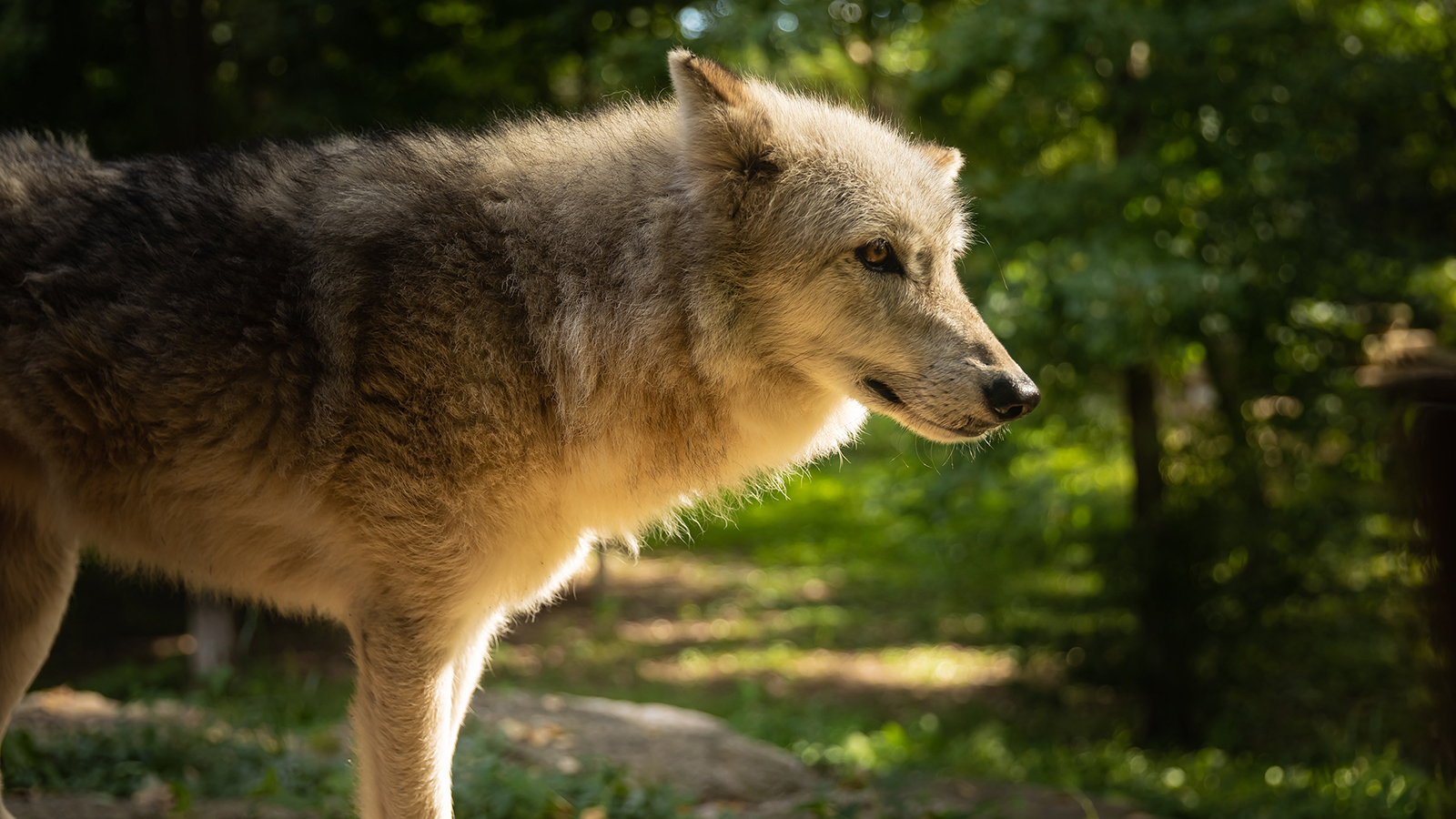
Defend old-growth forests
Donate today and help defend our forests and the wildlife that call them home.
Topics
Authors
Ellen Montgomery
Director, Public Lands Campaign, Environment America
Ellen runs campaigns to protect America's beautiful places, from local beachfronts to remote mountain peaks. Prior to her current role, Ellen worked as the organizing director for Environment America’s Climate Defenders campaign. Ellen lives in Denver, where she likes to hike in Colorado's mountains.
Find Out More
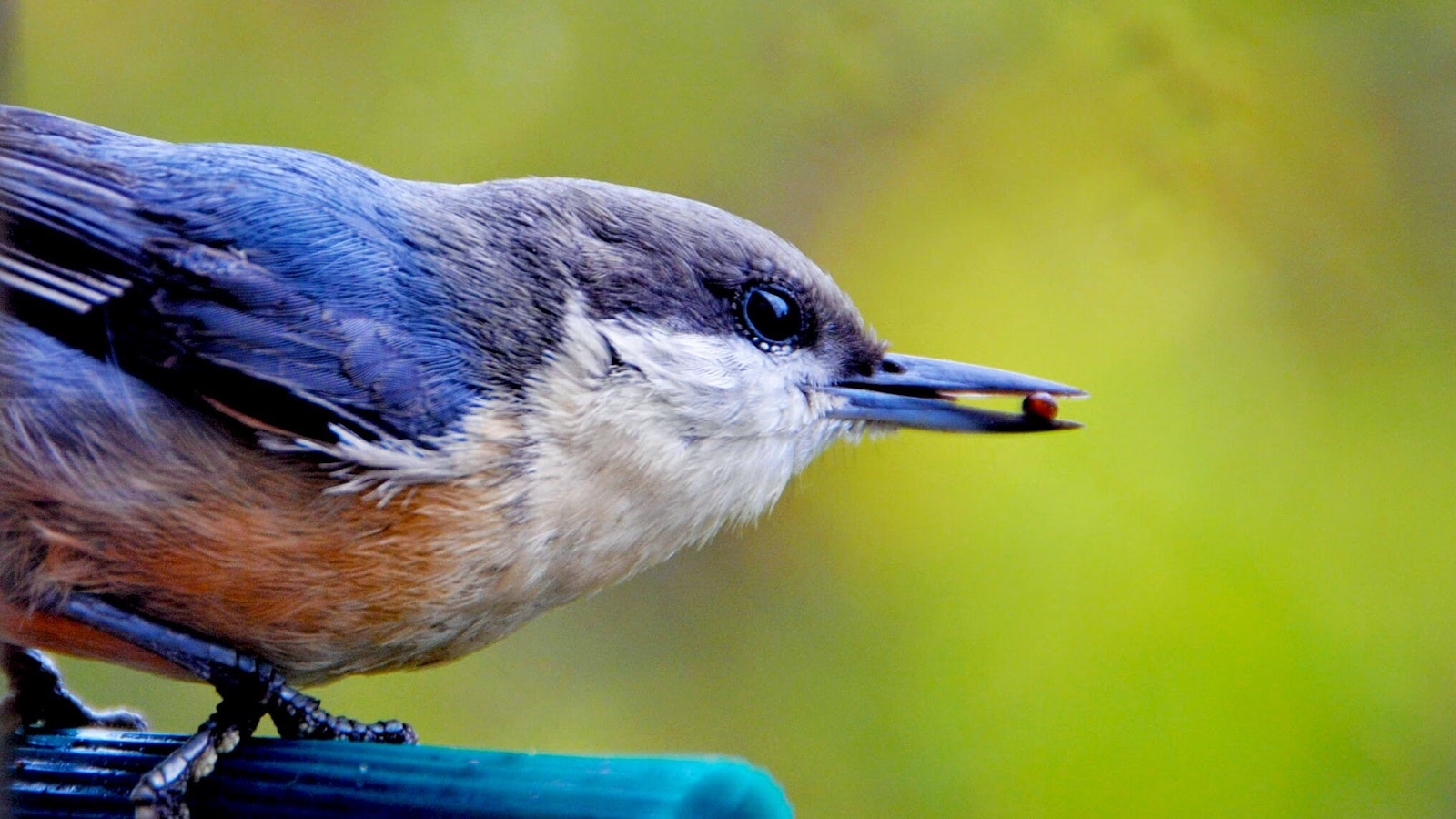
EPA report says pesticides endanger wildlife
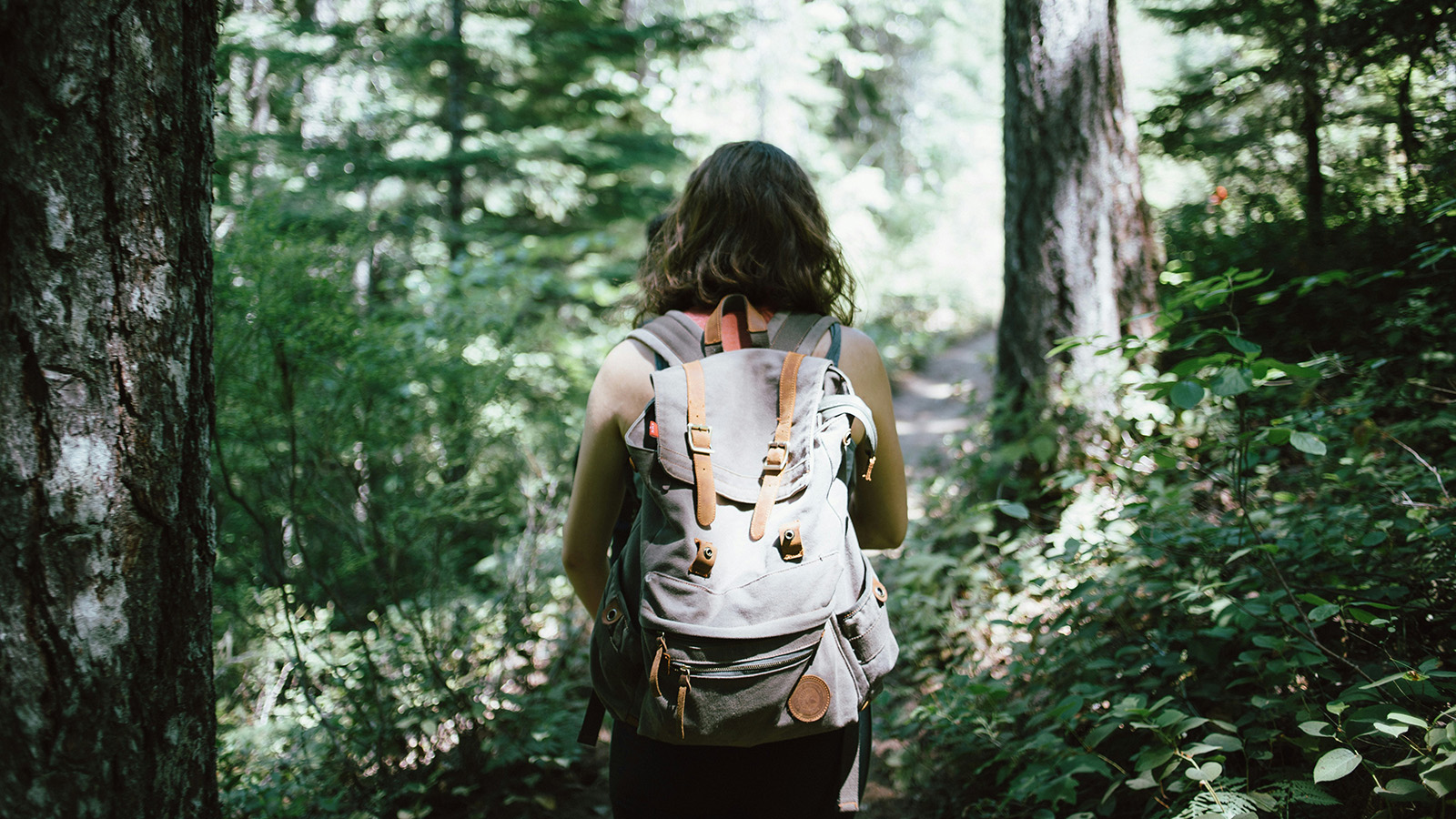
What kind of planet protector are you?
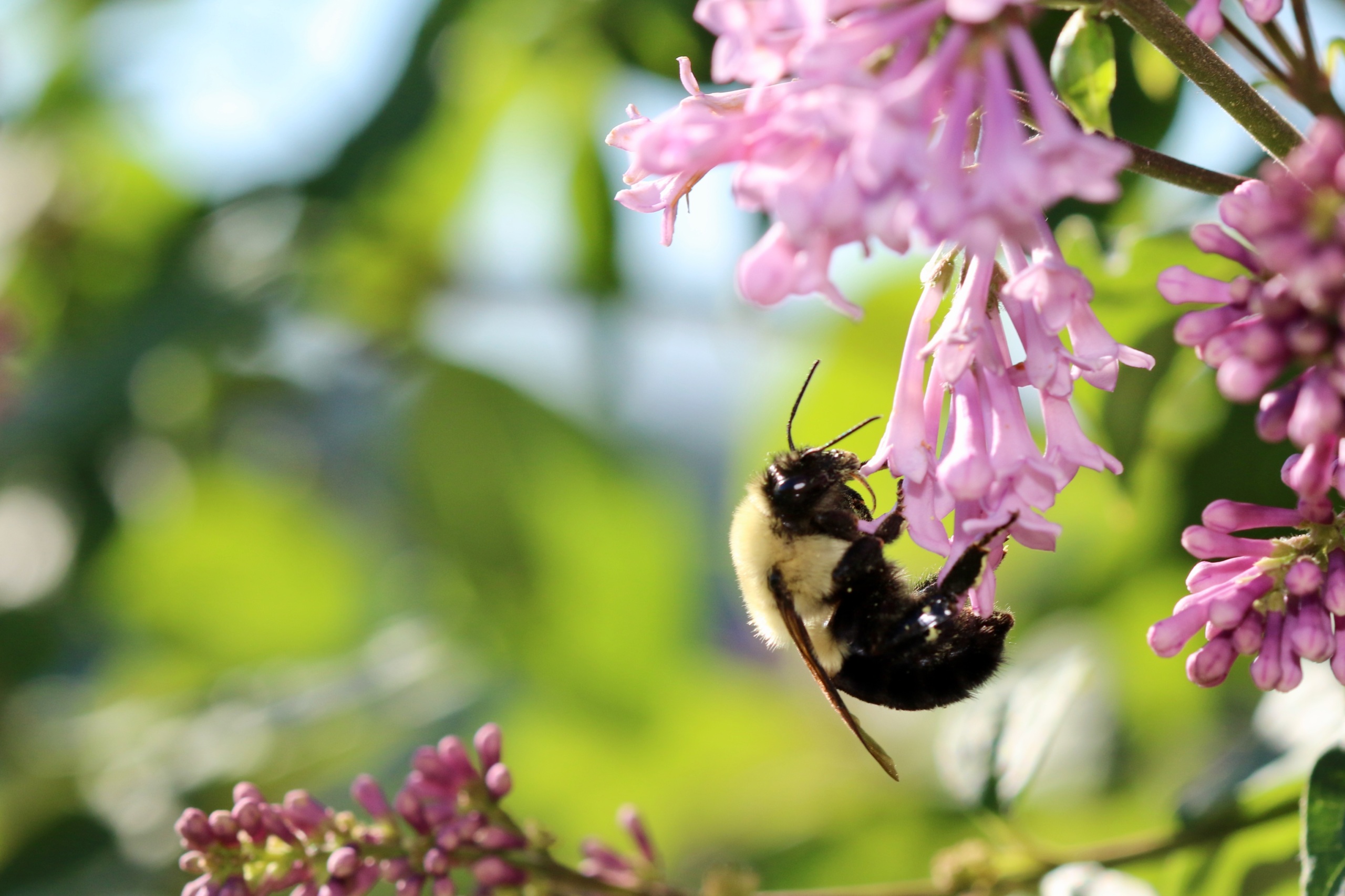
Why we should save the bees, especially the wild bees who need our help most
